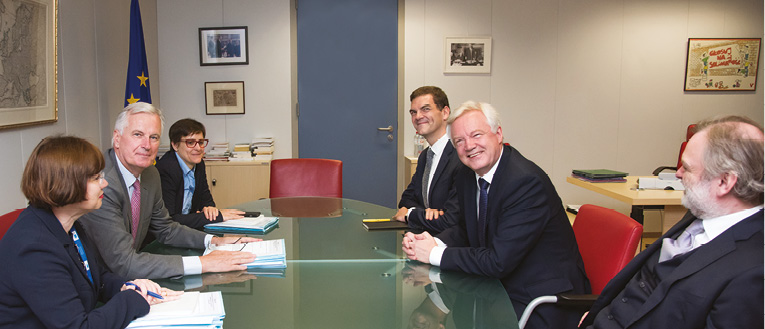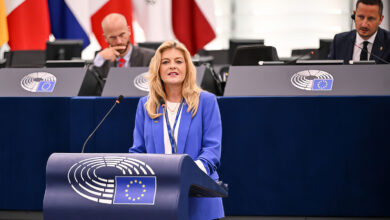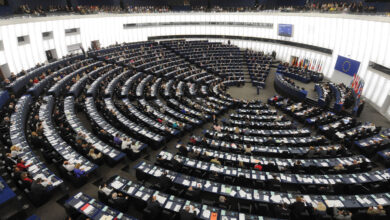England’s difficulty and Ireland’s opportunity?


In May, Donald Tusk made clear to British and EU27 leaders that no discussion of the future trade relationship between the UK and the European Union could occur until three crucial ‘separation issues’ had been resolved.
Recognising the nuanced historical context and current political arrangements on the island of Ireland, the European Parliament’s April 2017 resolution outlined its intention to minimise the impact of the UK’s withdrawal on the Irish border and “to safeguard peace and therefore to preserve the Good Friday Agreement in all its parts, recalling that it was brokered with the active participation of the [European] Union”. This document, therefore, established the conditions pertaining to the approval of any agreement.
Negotiations for the withdrawal commenced on 19 June 2017. EU chief negotiator Michel Barnier recently opined: “To be honest, I am concerned. Time passes quickly.” The British Government has until October to make explicit commitments or “sufficient progress” on the three primary separation issues dominating phase one of negotiations before further negotiations can begin.
The continued ambiguity surrounding the UK’s position paper on Ireland has been met with scepticism by the Irish Government. Foreign Affairs Minister Simon Coveney has outlined that the Government will not accept any deal which falls short of guaranteeing the rigidity of the Good Friday Agreement. While the British document has effectively dismissed a technological solution for the Irish border through a pledge to “avoid any physical border infrastructure”, it has been suggested that the proposals are an exercise in rhetoric and platitudes. As things stand, talks on the post-Brexit settlement appear elusive. The EU27, including Ireland essentially hold a veto in determining what constitutes “sufficient progress” on the Irish issue.
At the crux, it is necessary for a political solution to be identified in relation to the maintenance of the Common Travel Area and the upholding of the Good Friday Agreement before technical solutions can be considered. That is to say, discussions concerning the logistics of the border cannot take place until the future relationships phase of negotiations, which can only be brought about by satisfying the requirement for progress in the separation phase.
Should the negotiation proceed as Article 50 of the Lisbon Treaty intends (i.e. within the two-year timeframe), the process to then ratify the departure of the UK from the EU incorporates Westminster, the parliaments of the remaining 27 member states and the European Parliament. MEPs approve or reject the withdrawal treaty by a simple majority vote. Following this, the treaty is forwarded to the European Council for qualified-majority approval. In both the European Parliament and Council, Ireland can be outvoted, in spite of any objections that the deal will have detrimental repercussions.
No member state has a veto, rather the treaty must merely receive approval from 20 of the 27 member states (72 per cent of states), encompassing 65 per cent of the EU population.
Crucially however, without the unanimous agreement of the European Council to extend the two-year timeframe for negotiations, the target for the withdrawal agreement to come into force and the remit of existing EU treaties to cease is midnight 30 March 2019.
Therein lies Ireland’s opportunity. While it is entirely likely that the UK will seek to pursue an extension beyond the customary two-year period, Ireland (along with the rest of the individual member states of the EU27) will inherit a veto; the potential to inhibit any transitional deal.





